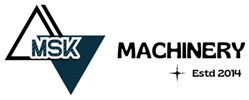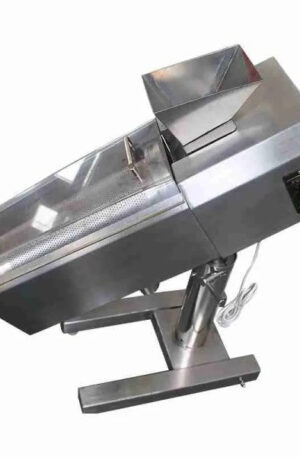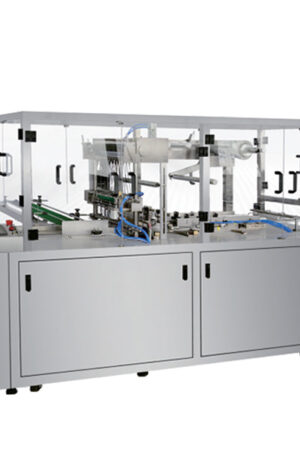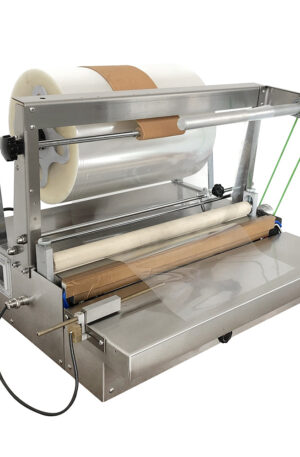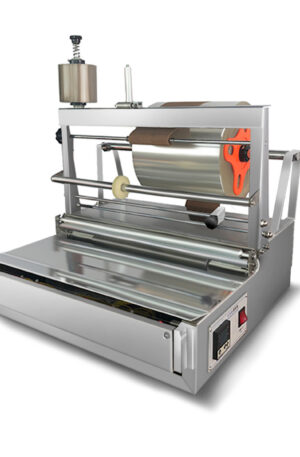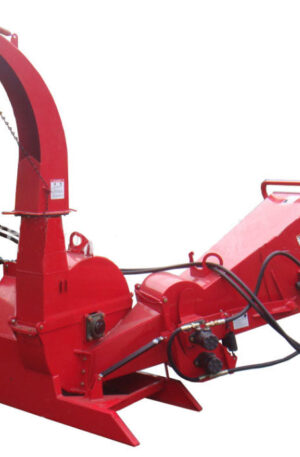Title: “The Evolution of Pharmaceutical Manufacturing Machinery”
Pharmaceutical manufacturing machinery has undergone significant evolution over the years, with advancements in technology and innovation driving efficiency and quality in the production process. Two key pieces of equipment that have played a crucial role in pharmaceutical manufacturing are the table press machine and the capsule filling machine.
The table press machine, also known as a tablet press, is used to compress powdered materials into tablets of uniform size and weight. These machines come in various models, ranging from single punch to rotary tablet presses. One popular type is the TDP (Tablet Press) machine, which is widely used in small to medium-scale pharmaceutical production. The TDP machine operates by feeding powder into a hopper, which is then compressed by punches and dies to form tablets. With the ability to adjust parameters such as compression force and tablet thickness, TDP machines offer flexibility and precision in tablet manufacturing.
On the other hand, capsule filling machines are designed to fill empty capsules with powdered or granular materials. These machines are essential for encapsulating medications in a controlled and precise manner. One notable type of capsule filling machine is the THDP (Tunnel High-Speed Double Pressing) machine. THDP machines are known for their high-speed production capabilities and their ability to fill a large number of capsules in a short amount of time. By automating the capsule filling process, THDP machines increase productivity and ensure consistency in capsule dosage and quality.
The evolution of pharmaceutical manufacturing machinery has been driven by the need for efficiency, accuracy, and compliance with regulatory standards. Modern table press and capsule filling machines are equipped with advanced features such as automatic lubrication systems, touch screen interfaces, and real-time monitoring capabilities. These technological upgrades not only improve the performance of the machines but also enhance product quality and consistency.
In conclusion, the evolution of pharmaceutical manufacturing machinery, particularly table press and capsule filling machines, has revolutionized the production of pharmaceutical products. From traditional manual machines to high-speed automated systems like the TDP and THDP machines, the industry continues to innovate and adapt to meet the growing demands for safe and effective medications. As technology progresses, we can expect further advancements in pharmaceutical manufacturing machinery to drive efficiency, quality, and safety in the production process.
